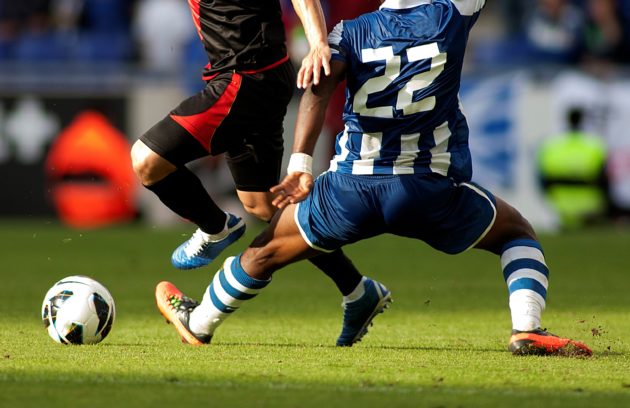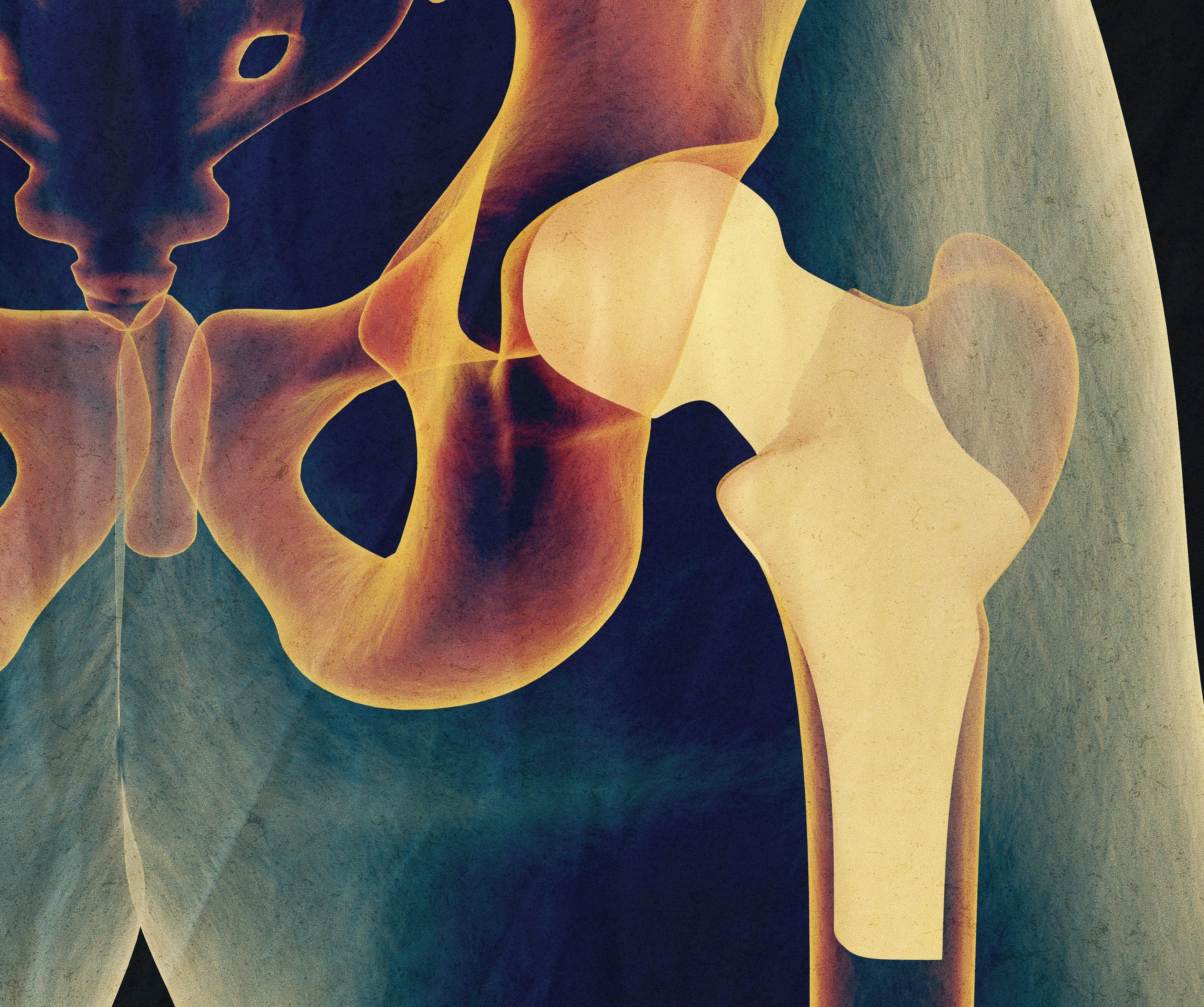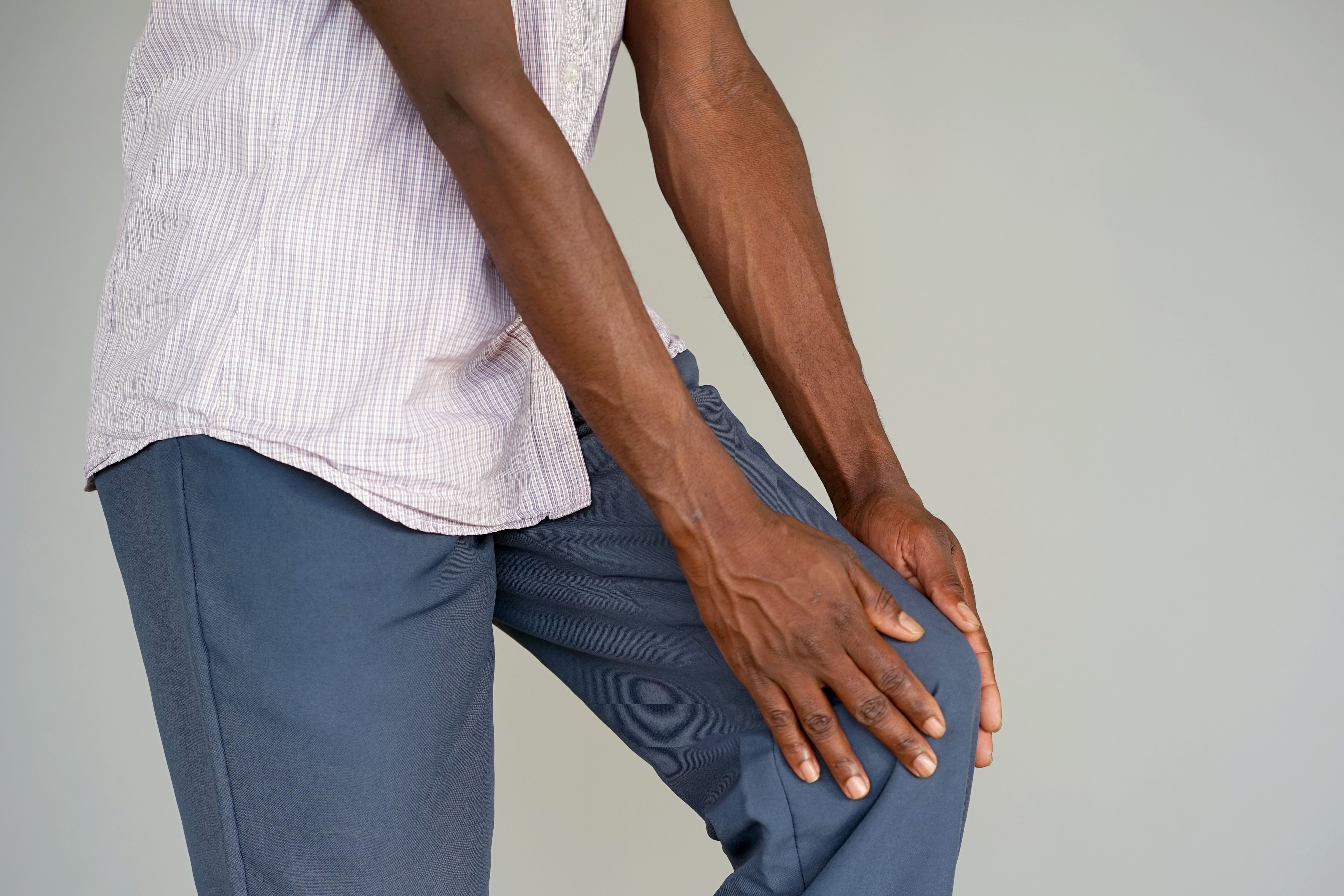Shoulder
Shoulder injuries can not only be caused by athletic activities that involve excessive or repetitive motion, but injuries can also occur during everyday activities such washing, hanging curtains, and gardening.


Shoulder instability is a chronic condition that causes frequent dislocations of the shoulder joint. A dislocation occurs when the end of the humerus (the ball portion) partially or completely dislocates from the glenoid (the socket portion) of the shoulder. A partial dislocation is referred to as a subluxation whereas a complete separation is referred to as a dislocation.
Shoulder arthroscopy is a surgical procedure in which an arthroscope is inserted into the shoulder joint. The benefits of arthroscopy are smaller incisions, faster healing, a more rapid recovery, and less scarring. Arthroscopic surgical procedures are often performed on an outpatient basis and the patient is able to return home on the same day.
Frozen shoulder is the condition of painful shoulder limiting the movements because of pain and inflammation. It is also called as adhesive capsulitis and may progress to the state where an individual may feel very hard to move the shoulder.
Shoulder impingement is also called as swimmer’s shoulder, tennis shoulder, or rotator cuff tendinitis. It is the condition of inflammation of the tendons of the shoulder joint caused by motor vehicle accidents, trauma, and while playing sports such as tennis, baseball, swimming and weight lifting.
Suprascapular nerve is a mixed (sensory and motor) nerve that arises from the upper trunk of the brachial plexus. The nerve travels through the suprascapular notch beneath the superior transverse scapular ligament (STSL) of the shoulder and supplies the supraspinatus and infraspinatus muscles.Both the muscles are part of a group of muscles called the “rotator cuff”. The primary function of these muscles is to help arm movements at the shoulder joint.
Long thoracic nerve palsy is a shoulder condition characterized by pain and loss of shoulder movement owing to damage or injury of the long thoracic nerve. This nerve evolves from the roots of neck vertebrae (C5-C7) and supplies to serratus anterior muscle that retains the scapula bone to the chest wall. Serratus anterior muscle is also involved in forward arm activities such as boxing, and in overhead activities.
Spinal accessory nerve palsy (SANP) is an abnormal shoulder condition that arises due to injury of the spinal accessory nerve. This nerve is a cranial nerve, originating from the brain and supplying the trapezius and sternomastoid muscles in the neck. The sternomastoid muscle helps in tilting and rotational movements of the head whereas trapezius muscle allows motions such as shrugging the shoulders or adduction of the scapula.
Helpful Links
Click on the topics below to find out more from the Orthopaedic connection website ofAmerican Academy of Orthopaedic Surgeons.
- The Shoulder
- Arthritis of the Shoulder
- Broken Collarbone
- Dislocated Shoulder
- Fracture of the shoulder blade (scapula)
- Frozen Shoulder
- Rotator Cuff Tears
- Separated Shoulder
- Shoulder Impingement (Bursitis, Tendinitis)
- Shoulder Joint Replacement
- Shoulder Joint Tear (Glenoid Labrum Tear)
- Thoracic outlet syndrome
- Shoulder Arthroscopy

Athletic Injuries
Athletic Injuries Sports injuries occur when playing indoor or outdoor sports or while exercising. Sports…
Detail
Joint Replacement
Joint Replacement https://www.youtube.com/watch?v=YmXm25-YEg0&feature=youtu.be Hip Replacement Anterior Approach Total Knee Replacement Hip Replacement Anterior Approach Total…
Detail

